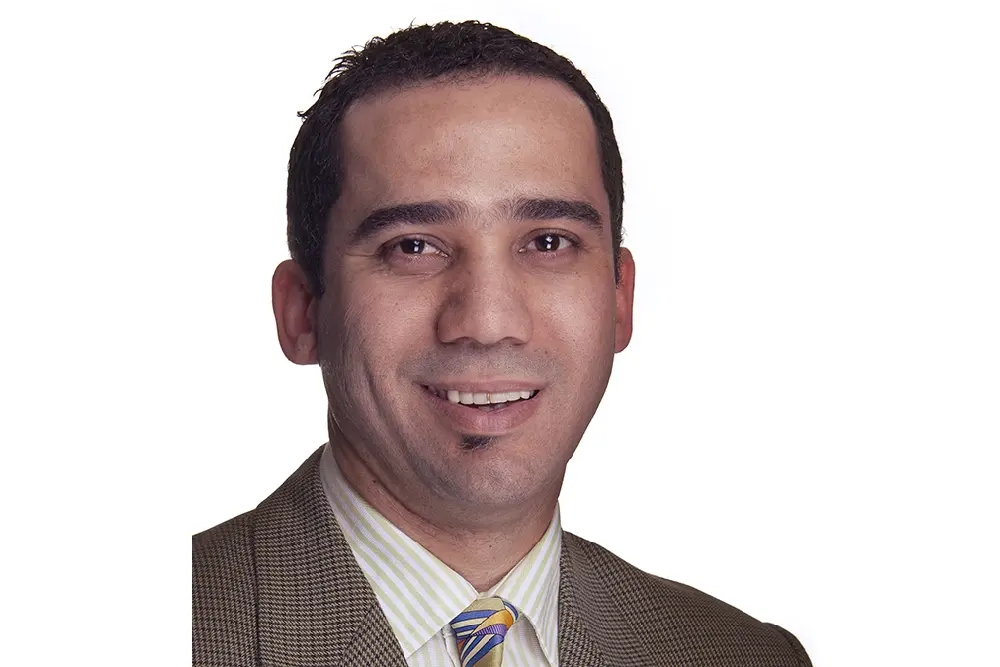The local church is the future of Seventh-day Adventism.
This is a critical moment—a period in history when God calls us, with the aid of His Spirit, to rise in humility and to pursue our destiny. Our movement officially began on May 21, 1863. Front and centre: our conviction Jesus would return personally, visibly, literally to this earth. But we have now entered the seventh generation of our existence as a movement and Jesus has not come.
We are now living in one of the fastest periods of change in history and the local Adventist church is in danger of becoming irrelevant, even outdated. The local church is at the crossroads and needs to biblically reinvent itself to stay relevant. While the Church is growing rapidly in the global south, it is stagnant or experiencing malaise in most parts of the global north. Many churches are in maintenance mode. Even though transfer and biological growth are steady, kingdom growth is minimal or by only addition. In its mission work, our Church often seems to be servicing institutions more than engaging in frontline work.
We have to ask tough questions. Will the local Adventist church continue in its same structural mode, resourcing a paradigm of audience-centred and program-driven ministry? What changes will we make to reverse poor growth figures in the global north? How will we respond to Generation Y and Millennials, who will be the church of the future? How can discipleship become the heart and centre of the mission of the Church as outlined by Jesus (see Matthew 28:19, 20)?
My wife and I have served in the local church on three continents. Based on our teaching, ministry and evangelism experience and my research, I am making a modest attempt to outline the essentials of the New Testament church, all the while gazing on the Captain of the ship and trusting Him to get the ship to its final destination.
My conviction is that a multiplying local Adventist church will thrive in a fast-changing world. It will be a relationally structured church since God is a deeply relational Being. It will be a multiplying church as it spreads the Word relationally. The local Adventist church of the future will not be afraid of or inhibited by the work of the Spirit but will seek more and more of the Spirit in its life and ministry.
It will be led by a dynamic team of people who are visionary, empowering and compassionate, sold out on seeing the kingdom come. Leaders will care equally about the community in which the church exists and about the members who attend.
Evangelism and discipleship, eschatology and ethics, proclamation and transformation go hand in hand. Worship will be inclusive, participatory and gospel-centred. Young people
will be given greater buy-in to what happens in the local church because the church is about them just as much as it is about others. And we must also address the manner in which the local Adventist church is structured today, which has been shaped by societal changes and the forces of culture.
Since the way the Church began is, to a large degree, how the Church and human history will end, the book of Acts provides the blueprint or paradigm of how the Church should function. The time in which Acts was written and the history to which it points is not a golden era—no “golden era” exists this side of the new heaven and the new earth—but it does have patterns needing application in our contemporary context. If the Church fails to return to a biblical paradigm of ministry and mission, we will continue to see the local church in plateau or decline with a diminishing impact in its community.
The Church will triumph in the same manner in which it was birthed—through the empowering of the Holy Spirit. Only the Spirit will bring about innovation in harmony with the Scriptures and propel a new generation of fearless leaders to confront the challenges this world faces and to prepare the world for that day (see Titus 2:13).
These are some of my convictions. But convictions need to be tested and tried, and not only in the crucible of life. More importantly, they need to emerge from the foundation of Scripture and in the transformational realities of the gospel of Jesus.
The local Adventist church must be rooted and grounded in mission to become a multiplying movement. Mission is one of the deep-seated concerns of both the Old and the New Testaments—and is fundamental to the nature of God and His purposes for this world.
Dr Kayle de Waal is head of the Avondale College theological seminary.This is an excerpt from his recent book Mission Shift, available from an Adventist Book Centre near you.






